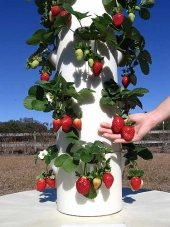





Wikipedia wrote:Les cours d'eau non domaniaux (rivières et ruisseaux) sont les cours d'eau non flottables et non-navigables de l'ancienne réglementation. Ils sont régis par le droit privé. Seuls le fond et les berges appartiennent aux propriétaires qui peuvent en interdire l'accès à autrui, ainsi que la circulation (selon la jurisprudence). L'eau fait toujours partie du domaine permies, les propriétaires ne pouvant pas diminuer le débit de la rivière au-dessous d'un certain seuil. L'accès aux berges clôturées est interdit sans l'autorisation expresse des propriétaires. L'accès à l'eau est autorisée aux endroits où les berges appartiennent au domaine public (ponton, pont, berge appartenant à une collectivité locale…)
[...]
Le barrage/vannage privé est considéré comme propriété privée, mais les nouvelles installations doivent faire l'objet de dispositifs permettant de les traverser ou contourner (idem au moment des renouvellements d'autorisation). En cas de dérivation, le débit restant doit être suffisant pour assurer la conservation et la diversité du milieu aquatique.
Wikipedia wrote:elles qui sont navigables et/ou flottables (domaniales) ; elles appartiennent à l'État


 ETA: The top part of the I-section is the part you can't walk down. The rest is OK, although it can occasionally be difficult i
ETA: The top part of the I-section is the part you can't walk down. The rest is OK, although it can occasionally be difficult i


Brenda Groth wrote:strawberries shouldn't be around PRUNUS (for some reason, not sure why). I have some coming in spring and was going to plant them near prunus, now I have to figure out a different place to put the little buggers. I know they can take a woodsy edge as wild strawberries grow in shade and acid soil
